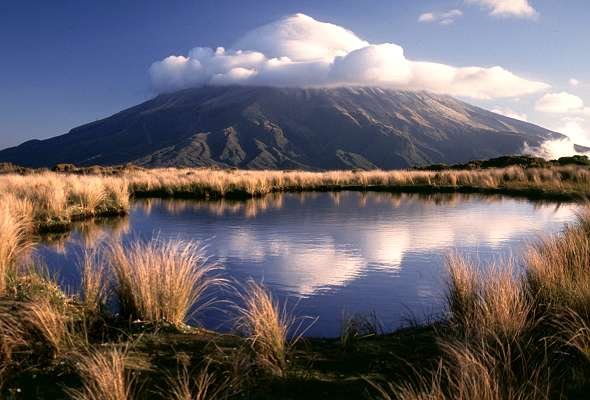1. Age/Sex structure of Monsoon Asia:
Most countries have a youthful population with the exception of Japan and Singapore.
- About 38% of the population is younger than 15
2. Gender balance:
- Overall balance between males and females, until the older ages where females live longer
3. Racial/Ethnic groupings of Monsoon Asia:- Some countries have 3 or 4 ethnic groups.
- Most people in Monsoon Asia are classified as either Asian or Indian.
4. Religions of Monsoon Asia:- Religion influences various aspects of a country E.g. Political system, human rights, living conditions, education system.
- Buddhism, Hindu, Muslim, Christianity are examples of religions that are practiced in Monsoon Asia.
5. Rural to Urban Ration:- Overall, just over two-thirds (68%) of Monsoon Asia's is rural. (In comparison about 20% of New Zealand's population is rural)
- However there are countries who are at both ends of the scale! Eg. In Bhutan 6% is urban and 94% is rural whereas in Singapore, 100% is urban.
6. Employment of people in Monsoon Asia:In developed nations like Japan, Hong Kong and Singapore, much of the available land is used for high rise buildings therefore agricultural land is scarce and only a small fraction of the work force is involved in farming/agriculture.
- Japan has 50% of people working in trade and services, 33% in manufacturing, mining and construction, 7% in utilities and communication, 6% in agriculture, forestry and fishing and 3% in government.
- However, India and China’s populations are still largely rural, and agriculture is the main occupation. In China over 75% of the work force is in agriculture.
Jobs are classed as primary, secondary or tertiary. Primary jobs are where food or raw materials are produced or extracted. Secondary jobs are where the products are made ready for people to buy. Tertiary jobs are where people sell and transport the finished products as well as care for people.



